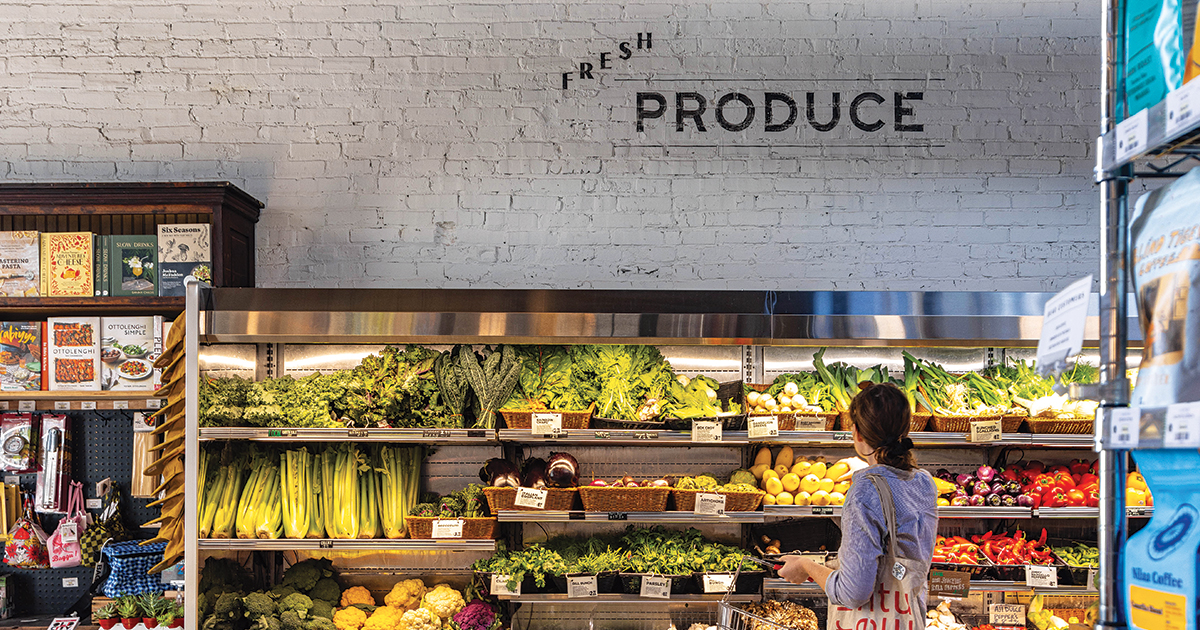World
Why we need public analysts

On 7 August 1874, 25 public analysts attended a meeting in London, UK. They had come from as far afield as Yorkshire and Devon and, under the chairmanship of Theophilus Redwood, various resolutions were passed and the Society of Public Analysts formed. John Postgate had coined the title public analyst 20 years earlier when he had been lobbying for legislation to prevent food adulteration.
By December 1874, a constitution and governing structure were in place and a governing council set up. One of the first tasks of the Society was to draw up definitions of adulteration within the meaning of the Adulteration of Food and Drugs Act 1872, as the statute had failed to do so. Until 1875 papers and proceedings were published in Chemical News, but, following a ‘difference of opinion’ with the editor, the Society decided to publish its own journal with the first number of The Analyst being published in March 1876.
The need for public analysts is as great as it was 150 years ago
The Society went through many changes, adding ‘other analytical chemists’ to its membership in 1907 and becoming the Society for Analytical Chemists in 1953. Membership numbers peaked at over 2200 in 1972 when the creation of the Analytical Division of the Chemical Society ended separate recruitment.
Also in 1953, public analysts concerned about losing a separate voice formed the Association of Public Analysts. This body was very active and formed numerous subject committees and regional groups. A major achievement of the regional groups in the 1990s was the creation and distribution of a series of validated methods laid out in a standardised format. Today public analysts must hold a Mastership in Chemical Analysis awarded by the Royal Society of Chemistry.
At its peak the Association had over 100 members, but by 2023 this had fallen to less than 20 and the sad decision was taken to wind the Association up. There are nine laboratories in the UK (four in Scotland, four in England and one in Wales), following the closure of six in England since 2010. The closures have not been driven so much by efficiencies as by a sustained fall in the numbers of samples taken by local authorities, with some submitting no samples year on year, leaving their inhabitants poorly protected from food fraud and other harmful practices.
So, what has changed in 150 years? Having defined adulteration the first public analysts were faced with the dual problems of a lack of suitable methods and little knowledge of what the chemical properties of genuine food were. How could they establish that a sample of milk had been watered down if there were no standards to compare the results to?
Today there are sophisticated instrumental methods, DNA techniques including PCR and whole genome sequencing, extensive compositional databases and legal definitions to aid their work.
The way that food is produced, transported, processed and stored has changed beyond recognition over the period, yet in many ways the method of sampling it to ensure that it is compliant with legislation hasn’t. Historically, sampling officers had the powers to enter any premises for the purpose of enforcing food legislation and the Food Safety Act 1990 placed a greater emphasis on inspecting and sampling at the point of production.
Some local authorities introduced joint visits with their public analysts and for a period additional funding for this was provided by the Food Standards Agency, but this was short lived and most sampling now takes place at retail level. While some criminal breaches such as substituting a cheap spirit for a market-leading brand or the contamination of a takeaway with an undeclared allergen occur one step away from the final consumer, others, be it the inclusion of an additive contaminated with lead or the addition of heart to minced lamb, are more easily discovered at the factory.
Although the big manufacturers and retailers have their own systems these are not infallible (remember the 2013 horse meat scandal across Europe?) and more than 19 out of every 20 food and drink manufacturing businesses are small or medium-sized enterprises. Regulators have identified e-commerce as a high risk to food safety and standards, with dinitrophenol (illegally sold as a weight-loss supplement with sometimes fatal consequences) and methylhexanamine (formerly sold legally as a decongestant but now illegally sold as an energy boosting supplement) having been sold online. Soft drinks and confectionary containing additives permitted in the US but banned in the UK and EU are also easy to find online.
The need for public analysts and the sampling of food to ensure that it is ‘legal’ is as great as it was 150 years ago, but without an inspection and sampling model suited to the 21st century they will be starved of samples, lose competence and continue to decline with skills being lost before they can be passed on to the next generation.


/cdn.vox-cdn.com/uploads/chorus_asset/file/18938466/VRG_ILLO_3591_samsung_galaxy_unpacked.jpg)






